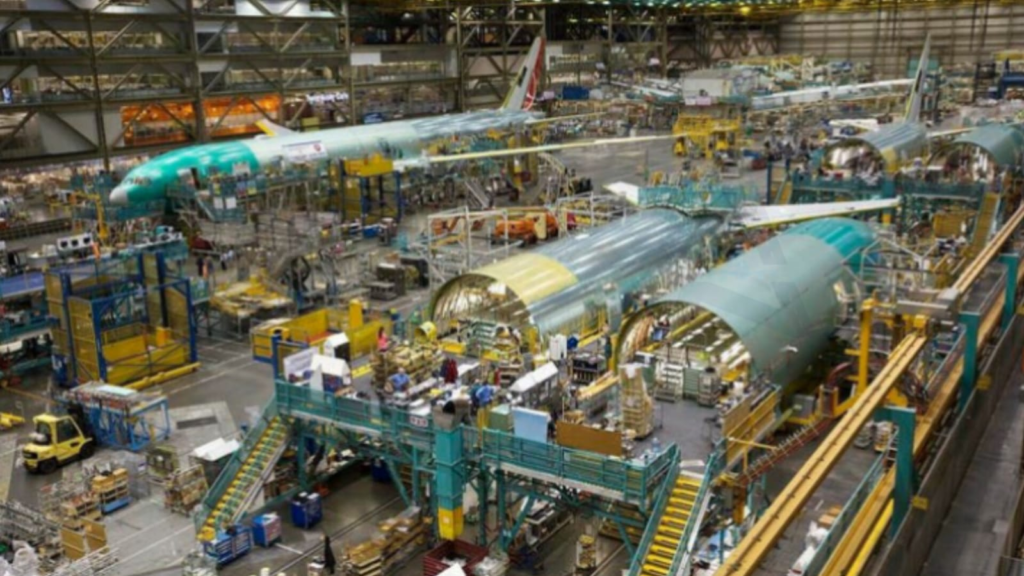Boeing, a stalwart in the global aerospace industry, has recently made significant strides in aircraft deliveries, marking its highest output since the Alaska Airlines debacle. Despite this progress, the company continues to trail its European competitor, Airbus, in overall deliveries.
In the latest round of updates from Boeing, the company reported a notable increase in aircraft deliveries, showcasing its recovery from past setbacks. This uptick is particularly noteworthy following the challenges faced by Boeing, including production halts and regulatory scrutiny in the aftermath of the Alaska Airlines incident.
However, despite Boeing’s commendable recovery efforts, Airbus maintains a lead in total aircraft deliveries. This dynamic underscores the competitive landscape within the aerospace sector, where both giants vie for market dominance and customer loyalty.
Boeing’s recent delivery surge highlights its commitment to regaining market momentum and restoring investor confidence. The company’s ongoing efforts to streamline production processes and enhance operational efficiency are pivotal in its journey towards sustained growth and profitability.
Looking forward, industry analysts are closely monitoring Boeing’s trajectory as it strives to bridge the delivery gap with Airbus. Key factors influencing this race include supply chain resilience, customer demand dynamics, and regulatory developments affecting global aviation markets.
As Boeing continues to navigate challenges and capitalize on opportunities, stakeholders remain optimistic about the company’s resilience and long-term prospects. The aerospace community eagerly awaits further updates on Boeing’s strategic initiatives and operational milestones in the competitive pursuit of market leadership.
In conclusion, Boeing’s recent uptick in aircraft deliveries signifies a positive step forward in its recovery journey post-Alaska Airlines. However, the company faces ongoing challenges in closing the delivery gap with Airbus, highlighting the intensifying competition in the global aerospace industry.

